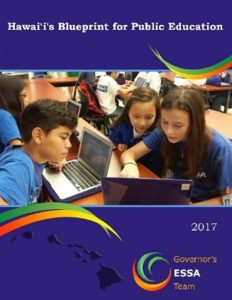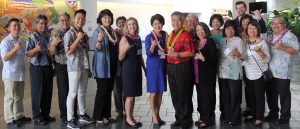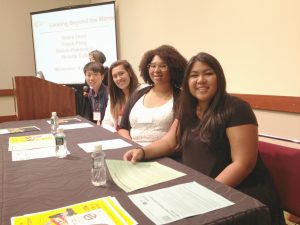The birth of Hawai‘i’s Blueprint for Public Education
Posted on Aug 25, 2022 in Capitol Connection, Featured, Main“How do we create a public education system that prepares graduates for their futures — not our past?” — Governor David Ige
If it takes a village to raise a child, it took a whole state to come together on Governor Ige’s “Hawai‘i’s Blueprint for Public Education.” The document — the result of thousands of community voices, student and teacher input and dozens of grassroots meetings across the state — gave people the chance to weigh in on what they wanted to see in their public schools. The kick-off was an all-day, public Education Summit in July 2016 that drew more than 1,000 people, followed by town hall meetings on every island, to hear people’s concerns and ideas.
The result was a blueprint that is still relevant today, with three priorities that set the bar high for public education:
- All students empowered and prepared to be innovators and global citizens;
- All educators successfully empowered to teach, lead, motivate, empathize an innovate to achieve equity and excellence;
- A statewide system driven by innovation, transparency, empowered leadership and Hawai‘i’s unique values and beliefs.

Darrel Galera, ESSA team chair, praised the commitment of the volunteer team, who gave up a large part of their free time to talk to people statewide about improving our schools. He also gave credit to Governor Ige for seizing the opportunity to engage the community. “The governor’s leadership and vision are what made the difference,” he said. “We’ve been amazed by the response from the community. It’s an affirmation of who we are and what we believe in for our children.” For more on the team members and their work, go to Page 3 of the December 2016 Capitol Connection at https://governorige.hawaii.gov/wp-content/uploads/2016/11/2016-DECEMBER-Capitol-Connection.pdf.

